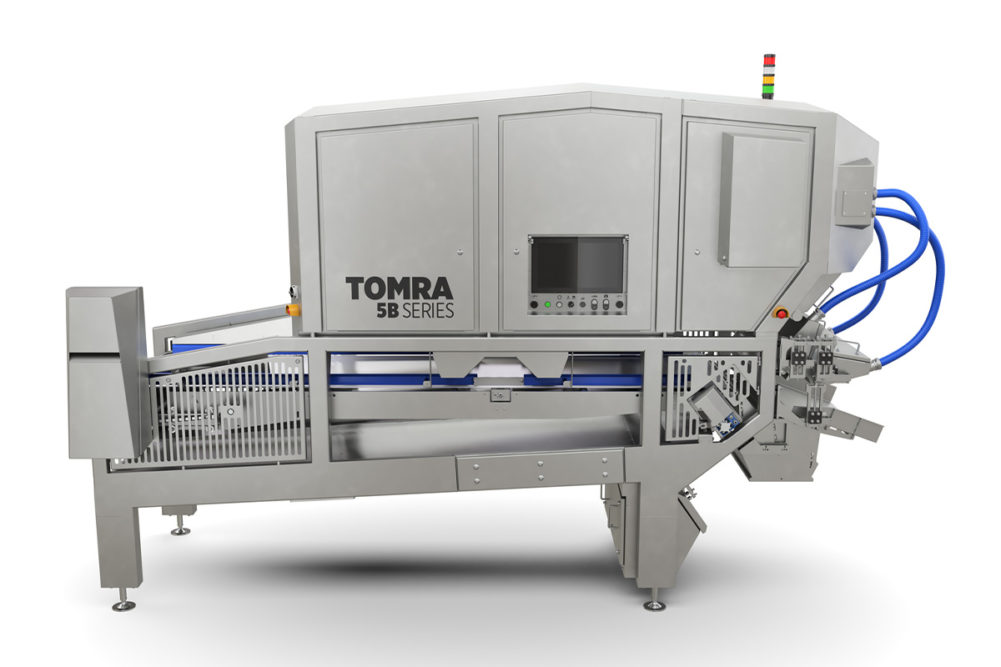LEUVEN, BELGIUM — Food safety is top of mind for processors and ingredient suppliers in the pet food and treat space. Identifying foreign materials, preventing cross-contamination, ensuring consistency and validating the integrity of ingredients and finished goods all fall under the food safety umbrella.
All these food safety factors have a direct impact on the cost and payoff of raw materials — including commonly used pet food proteins like beef, poultry and rendered meals — and, subsequently, the reputation of brands.
Strict food safety standards set by the Food Safety Modernization Act (FSMA) make it imperative for pet food brands and ingredient suppliers to safeguard their products; employing modern processing and food safety technologies is one way to go about this. To this end, TOMRA Food has highlighted which of its systems help produce safe rendered ingredients for pet food and finished pet food products.
According to TOMRA, optical sorting offers renderers and pet food producers a leg up on conventional inspection methods, such as metal detection and x-ray systems. For example, the TOMRA 5C sorter can identify and reject foreign material in rendered meals before it reaches the pet food manufacturer. This “final control” approach for rendered meals can also regulate ash content and enhance the final quality of a protein meal, the company said.
For dry pet food manufacturing, the TOMRA Nimbus system can be used to identify foreign material and detect cross-contamination. The system’s specific pet food software can store recipes, then use those set parameters to measure each piece of kibble and determine if it is a part of the right batch.
The TOMRA 5B is best suited for pet treat and wet pet food processing. This system can prevent foreign materials from being included in final pet treat packaging, and also measures for consistent size, form and color of each treat.
In wet pet food, the TOMRA 5B can be set up for in-bound ingredients to check for foreign materials in frozen protein ingredients. TOMRA suggests placing this system between the breaker or grinder and the mixer to prevent foreign materials from entering the mixer. The TOMRA 5B can identify stones, hard and soft plastics, metal, wood, glass, rubber and bone, and eject unwanted materials before the protein moves downstream.
Aside from helping manufacturers meet rigorous food safety standards and protect their reputations, TOMRA noted its optical sorting equipment can also benefit sustainability and profitability for rendered protein suppliers and pet food manufacturers. The company’s sorting solutions can protect value-added products from being wasted by identifying out-of-spec attributes further upstream, which protects the processor’s investment in its ingredients, processes and environmental impact.
“Non-conformances with our customers have reduced dramatically, and we see very, very little waste or foreign bodies in our material,” said Craig Harrison, site manager for TOMRA. “Our current customers have seen the difference in the finished product and there’s lots of interest from additional customers enquiring about buying our material.”
Read more about in-line inspection advancements enhancing food safety in the pet food and treat industry.
Find more articles related to pet food safety on our Operations page.




